Trends — Culture • Lifestyle • Future
Our food system is under threat. By 2030, the world population is anticipated to exceed 8.6 billion people. Natural resources are a restricted and diminishing supply that must be protected. And it's the livelihoods of billions of people who work in the agricultural value chain that is on the line. The situation is becoming challenging. Innovative technologies and techniques are being developed and used worldwide to make our food systems more sustainable.
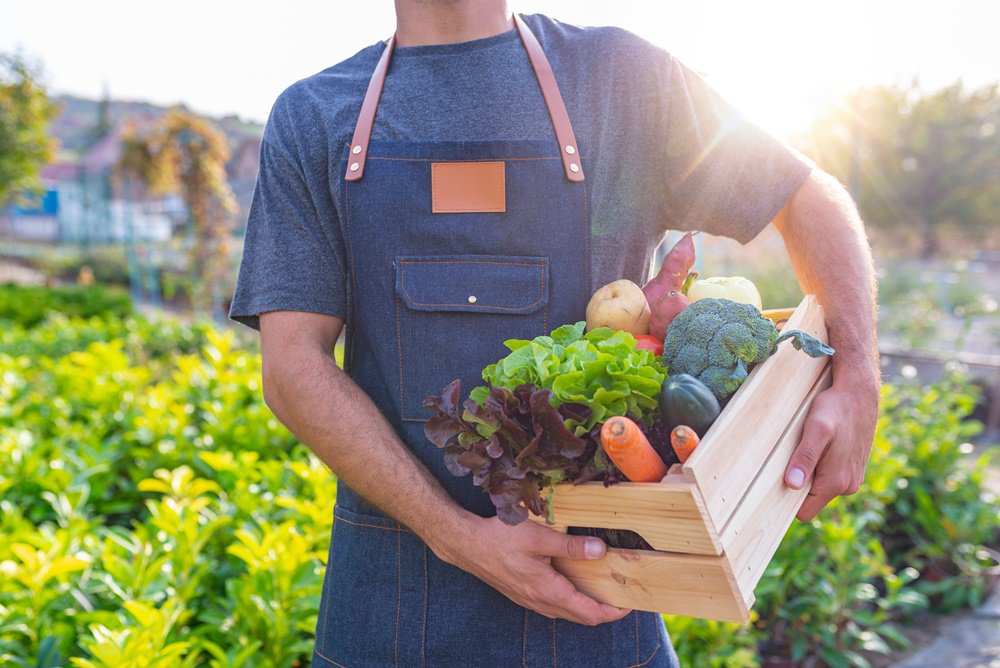
The Concept
The Sustainable Food Systems (SFS) Programme is a multi-stakeholder collaboration to promote more environmentally friendly food consumption and production practices. There is no recognized definition for sustainable food. However, sustainable agriculture can be defined as a well-merged system of plant and animal production practices that will, over time, satisfy human food needs.
It must also improve environmental quality, the natural resource base and make the most efficient use of non-renewable on-farm resources by sustaining the economic viability of agriculture. Food sustainability encompasses more than just the food itself. It results from a mix of variables, including how food is produced, delivered, packaged, and eaten.
Brands Taking the Lead
Firms around the world are shaping innovative ideas to create a sustainable food system. Some of them are:
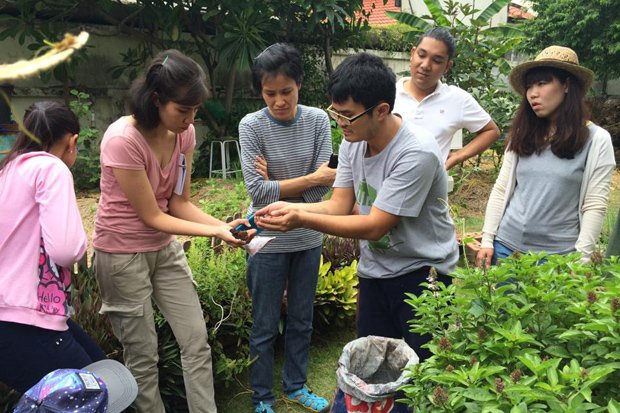
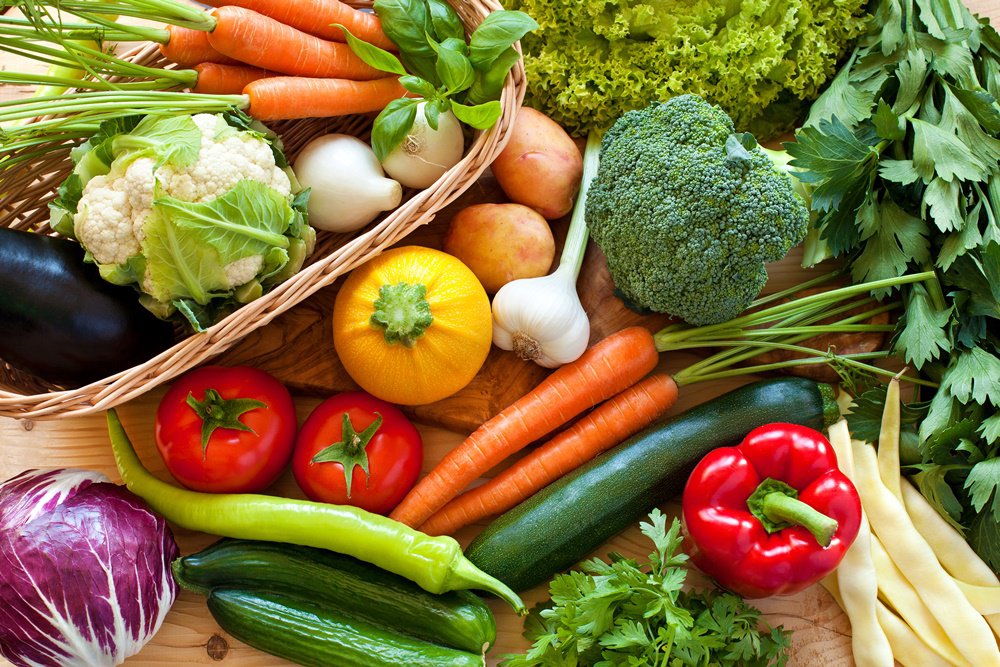
Pesticide-free Products
Also known as the Veggie Prince, Nakorn Limpacuptathavon, launched the City Farm Project in 2014 as Thailand's first NGO to promote and practice urban farming. The 650-square-metre farm produces pesticide-free food for city dwellers and hosts workshops for anyone interested in urban gardening. The seminars cover the fundamentals of urban farming and organic food, as well as hands-on composting and recycling instruction. Changes in municipal agricultural policy are also advocated. (Image source: Bangkok Post)
Agri-biotech Firm
India-based GreenPod Labs is an agri-biotech company that is developing long-term solutions to prevent food waste. Its main product is nano-tech active packaging, which may increase the shelf life of fresh products such as fruits and vegetables across the supply chain. It works by utilizing plant phenolic chemicals to slow down the ethylene manufacturing process while also activating the product's acquired resistance to keep it fresh.

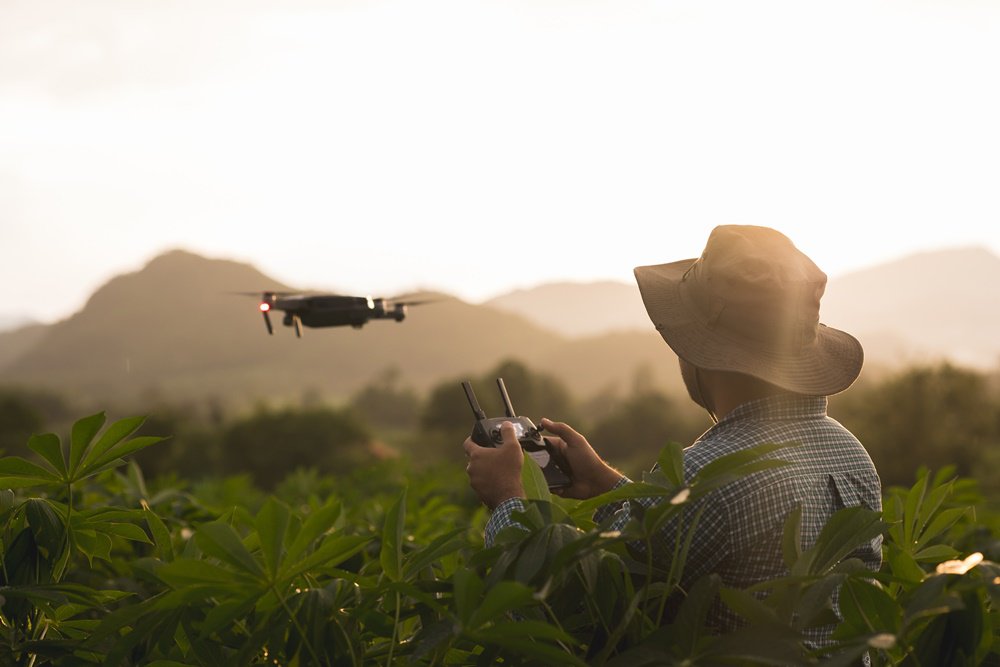
Insect Ingredient
Protix is a data-driven insect producer headquartered in the Netherlands that develops insect components to contribute to a more sustainable food system. Protix can produce consistently and keep the quality intact using high-tech control systems, artificial intelligence, genetic enhancement programs, and robots. Incorporating insects into our food supply can assist in the creation of a circular food system, allowing us to transition away from a resource-depleting linear production system.
Farmers and Tech
SyeComp is a pioneer in using optical and radar satellite monitoring and mapping technologies for commercial agricultural activities, land-use monitoring, and Ghana's environmental and natural resource management. For smallholder farmers worldwide, the ability to use open access satellite-based information products is a game-changer. As a result, farmers have continuous access to information and solutions, incorporating data into their farming decision-making processes.
Lab-grown Meat
The world's first "clean meat" that does not originate from killed animals has received regulatory certification in Singapore. The cell-based meat will be served for the first time in an exclusive members' club in Singapore called 1880.
Eat Just, the San Francisco-based business, is also slated to sell lab-grown chicken meat. The meat will be used to make nuggets at first, but the business has not confirmed when they will start the operations. According to estimates, the market for meat replacements may be worth $140 billion in the next decade, representing a 10% increase over the current industry.
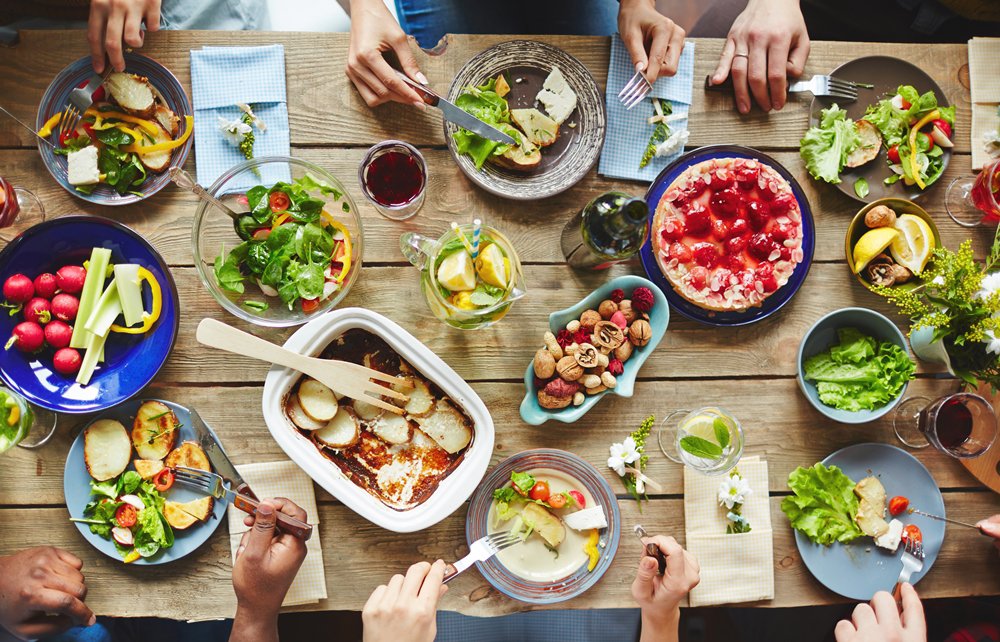
Marketing Strategies for Sustainable Food
Marketers have a significant role in establishing sustainable food. To keep up with the market’s most influential and powerful customers, sustainable food businesses must first grasp Modern Consumer Mindsets. Market segmentations must be strategic. Some of the factors they need to consider include:
Brand Demand Landscape
Brands must understand the whole demand environment of their industry to compete effectively. Consumers seek information through the perception of stimuli to meet their needs, which produces prior memories that might trigger the expected benefits and lead to continual innovation in food items.
Driving Brand Performance
The most influential groups in our market today are Millennials and members of Generation Z. So, it is important to quantify their influence and relate it to sales growth. Brands can use Mindset Mapping tools for optimizing branding images. Marketers must focus on convincing the target groups of the value of sustainable food.
Pricing Technicality
The cost of distribution is the most significant impediment to the development of sustainable food in today’s market. According to an Oklahoma State University Food Demand Study, the second most significant element in determining food sustainability is “ensuring everyone has access to sufficient, cheap, healthful foods.” In addition, consumers today demand access to higher-quality meals.
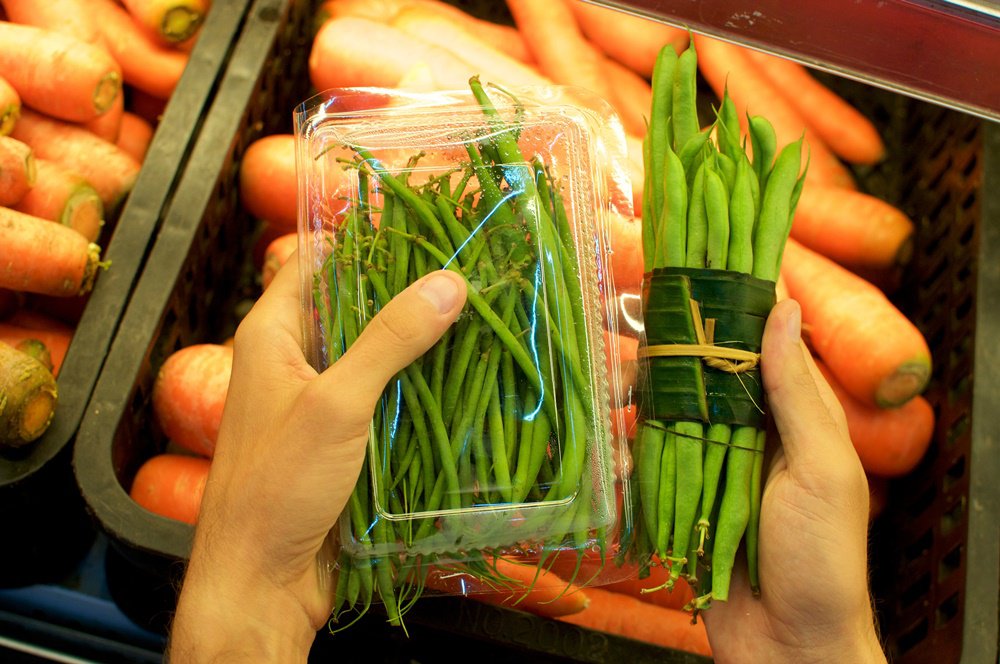
Future of Sustainable Food
In 2019, 2 billion people, or 25.9% of the world population, faced moderate or severe food insecurity, according to the 2020 Sustainable Development Goals Report. This is a 22.43% increase over 2014. Also in 2019, almost 690 million people were under the line of proper nutrition, up from nearly 60 million in 2014. This scenario must not worsen. A sustainable food system not only distributes proper nutrition but ensures resources are not exhausted.
A sustainable food system will generate revenue, jobs, and is economically viable. In addition, it will serve impoverished and vulnerable communities by decreasing hunger and malnutrition levels. Finally, to be ecologically sustainable, these initiatives will help us protect water, soil, and air quality while reducing greenhouse gas emissions, food loss, and waste.
Final Thoughts
Human, animal, economic, and environmental health are all intertwined in food systems. Ignoring these risks exposes the global economy to more significant health and fiscal shocks as the climate changes and the world population grows. Conversely, a sustainable food system will reshape food trends for a healthier and more nutritious future.